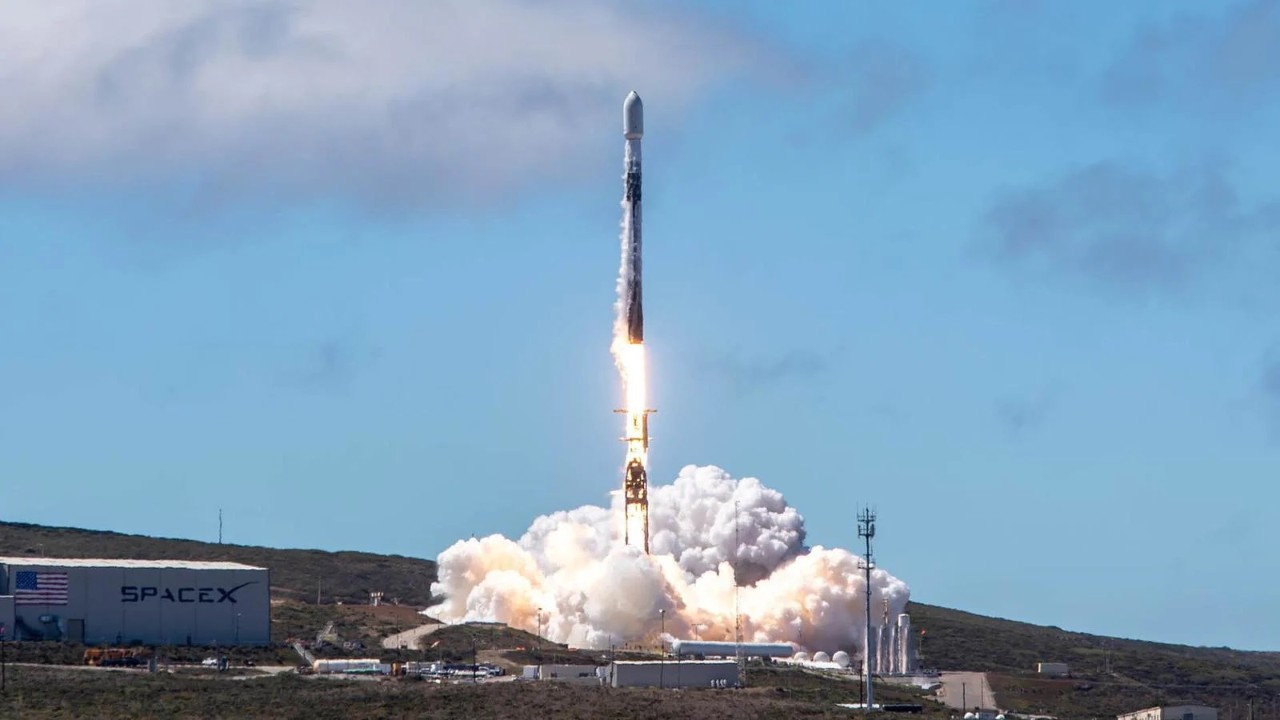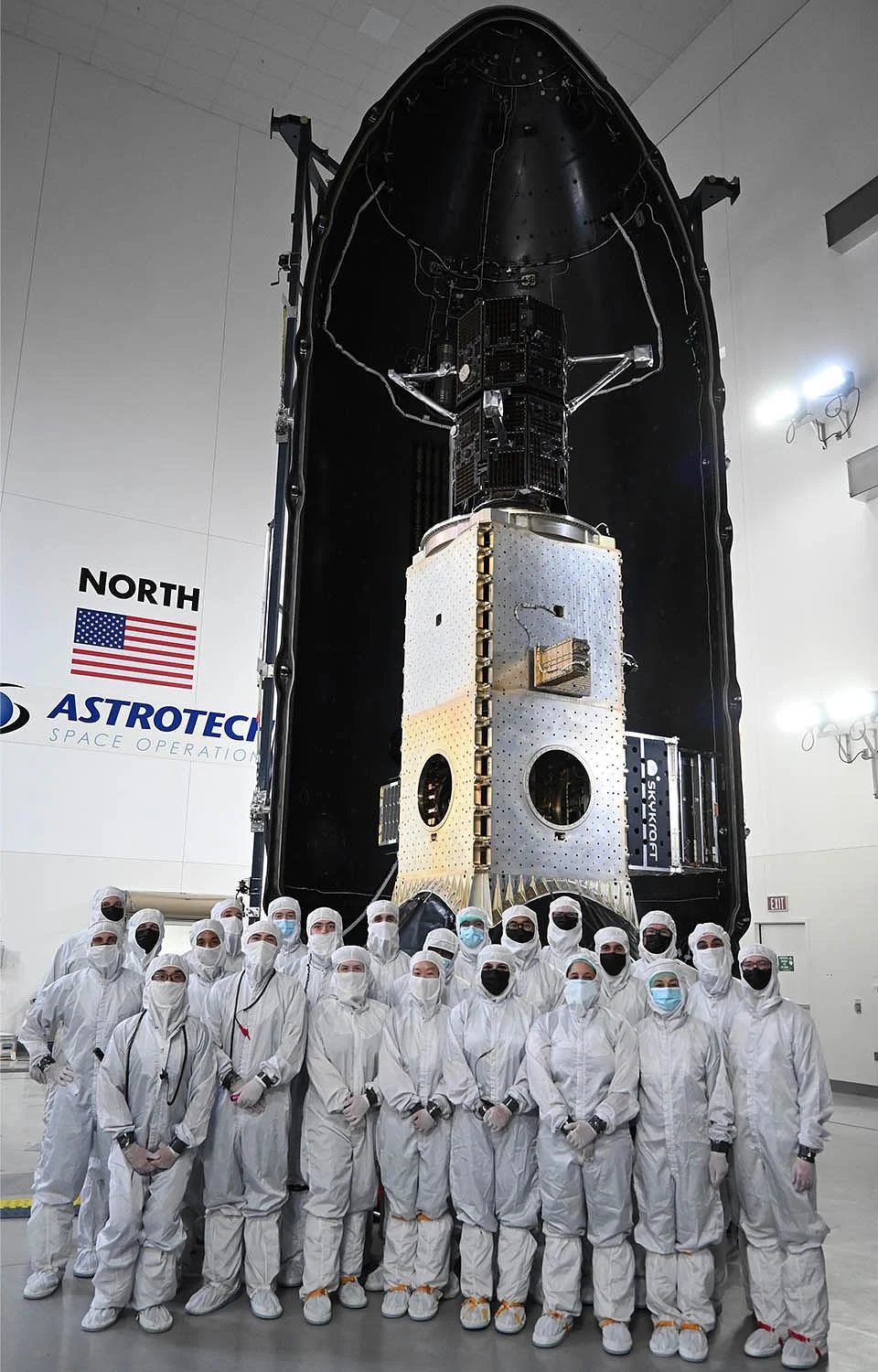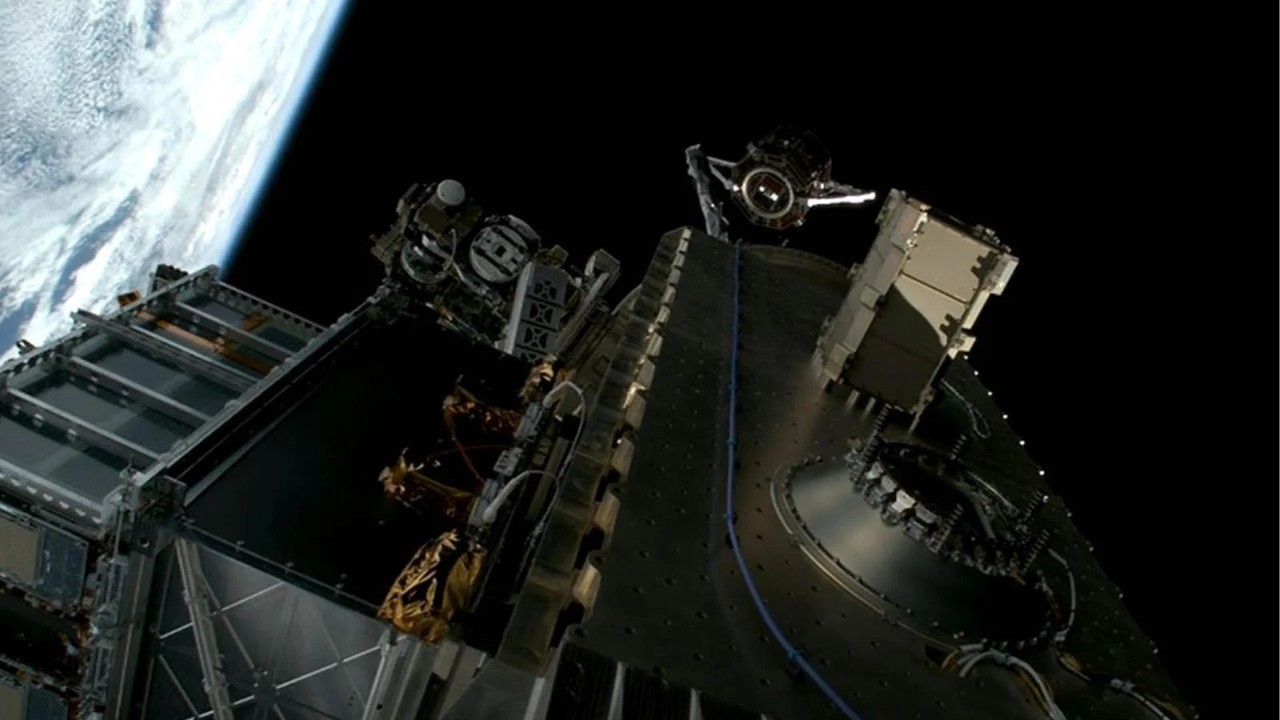NASA’s TRACERS mission takes flight
Millennium Space Systems leads on-orbit commissioning, advancing space weather research.

NASA’s TRACERS (Tandem Reconnection and Cusp Electrodynamics Reconnaissance Satellites) mission launches at 11:13 a.m. Pacific time on July 23 atop a SpaceX Falcon 9 rocket at Space Launch Complex 4 East at Vandenberg Space Force Base in California. (Photo courtesy of SpaceX)
Boeing subsidiary Millennium Space Systems has successfully initiated on-orbit commissioning for NASA’s third and fourth Tandem Reconnection and Cusp Electrodynamics Reconnaissance Satellites (TRACERS) satellites. The mission, launched on Wednesday, aims to study the sun’s magnetic interactions with Earth’s magnetosphere, enhancing understanding of space weather.
Why it matters: TRACERS is a strategic initiative to protect critical infrastructure such as communications and GPS systems from space weather disruptions. The data the satellites gather will help inform future space missions.
Go deeper:
- Millennium Space Systems, which is part of the Boeing Space Mission Systems organization, designed, built and tested the TRACERS spacecraft at its El Segundo, California, headquarters.
- The spacecraft launched as a rideshare aboard a SpaceX Falcon 9 from Vandenberg Space Force Base, California, at 11:13 a.m. Pacific time on July 23.
- The launch also included a NASA PExT spacecraft that will test data relay between satellites in different orbits, which can revolutionize satellite operations. Boeing Commercial Satellite Services is providing connectivity to power this mission.

Photo: Technicians encapsulate the TRACERS satellites within a payload fairing atop a shiny metallic stack of several other rideshare payloads at the Astrotech Space Operations facility at Vandenberg Space Force Base in California. The TRACERS mission is a pair of twin satellites that will study how Earth’s magnetic shield — the magnetosphere — protects the planet from the supersonic stream of material from the sun called solar wind. (Courtesy of SpaceX)
What they’re saying:
- Michelle Parker, vice president of Boeing Space Mission Systems: “TRACERS exemplifies how strategic partnerships drive innovation. By advancing our understanding of space weather, we bolster national security and safeguard vital systems. As space becomes more contested, missions like TRACERS are crucial for maintaining technological superiority and protecting national assets.”
- Tony Gingiss, CEO, Millennium Space Systems: “From design and development to delivery and operations, Millennium has been supporting the full mission lifecycle for TRACERS. Our ability to provide end-to-end spacecraft solutions ensures NASA can focus on advancing science, while we handle the critical systems that make it possible.”
- Richard Prasad, TRACERS project manager at Millennium Space Systems: “TRACERS is the result of strong collaboration between our team, NASA and the University of Iowa. That close partnership was key to delivering two high-quality spacecraft, and we’ll continue working together through on-orbit operations to ensure the mission achieves its science goals.”

The moment of satellite separation from the launch vehicle. (Photo courtesy of SpaceX)
The big picture: This program highlights the importance of reliable small satellite systems in both scientific and defense objectives.
- For more information, click here.